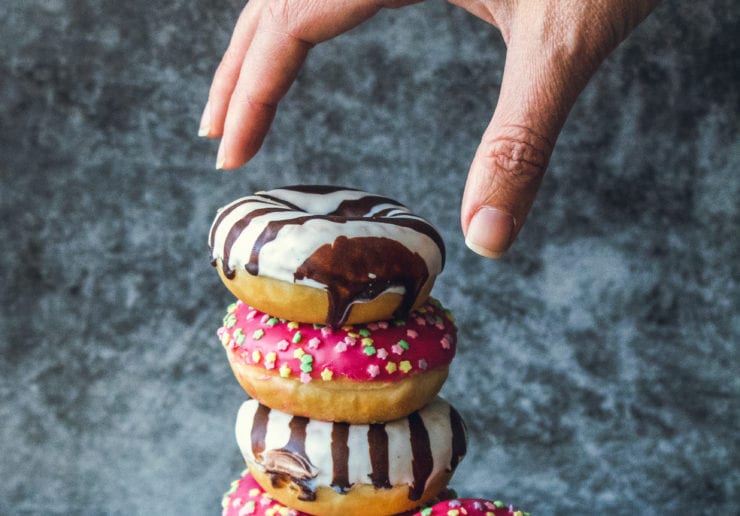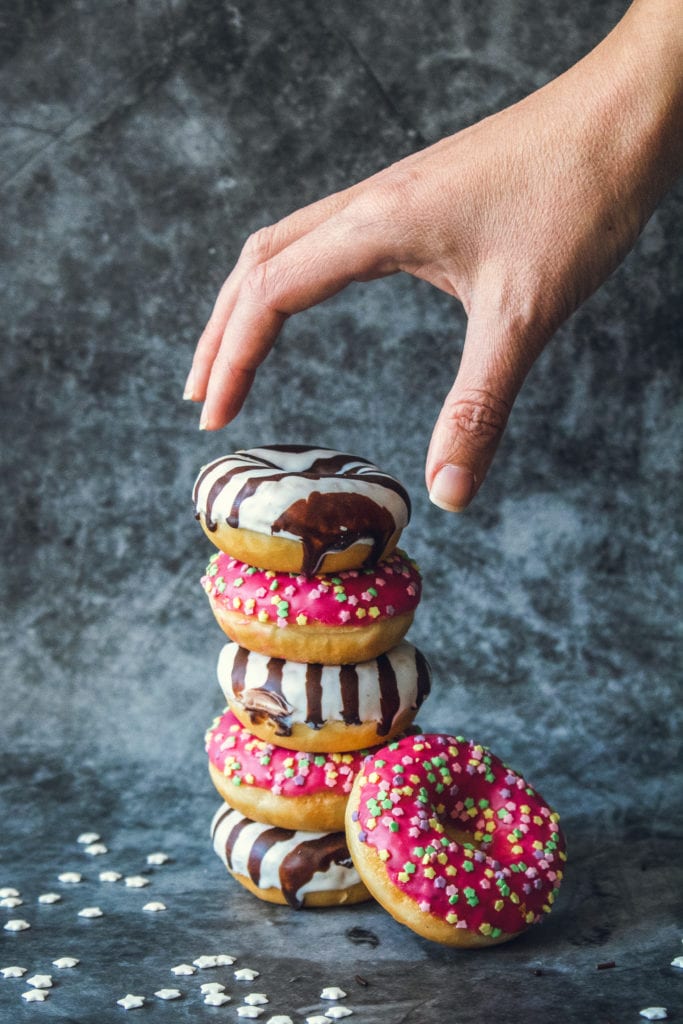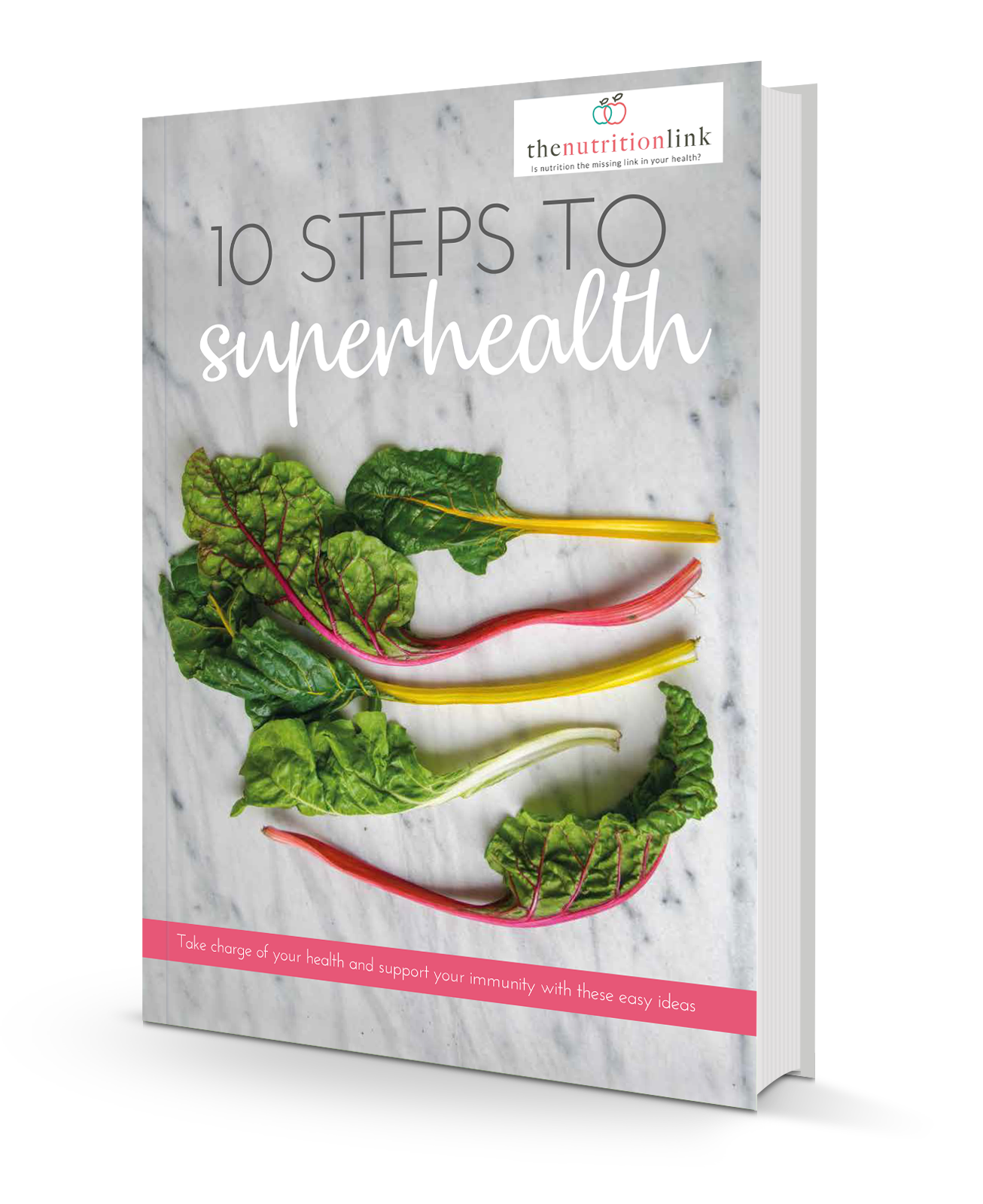
How to crack your cravings
Are you struggling to crack your cravings? If so, then you are not alone. Now that the clocks have gone back and the weather is turning colder, we might find that we are reaching for unhealthy snacks. Cakes, chocolate, biscuits, bread? You get the picture..
If your cravings increase with darker, colder days, then you might be suffering from Seasonal Affective Disorder. Seasonal Affective Disorder, otherwise referred to as SAD, affects up to 10% of the population. It is however much more common in Women than in men. Symptoms of SAD consist of low mood and lack of energy and you are more at risk if you have a family history of depression, bipolar or SAD. If you want to know whether you may have SAD then you can complete the questionnaire here
Although not fully understood, SAD is thought to be linked with difficulties balancing serotonin in the brain. Since serotonin is a neurotransmitter that regulates mood, then a deficiency can cause symptoms of depression and apathy.

Carbohydrate cravings and low mood – a vicious cycle?
So why does low mood increase our carbohydrate cravings? Well carbohydrate foods such as bread, rice, pasta and cereals can all boost mood in the short term. This is because they help us to raise levels of serotonin. Therefore eating too many starchy foods is in fact a method of self-medicating. This seems to be especially true for foods that raise our blood sugar levels quickly such as chocolate, cake and biscuits.
The problem is that increasing our consumption of these treats doesn’t solve the underlying imbalance and over time becomes less effective. Research shows that over time eating more and more of these nutrient depleted foods worsens our mood and creates a vicious cycle. Nutrients such as B vitamins, omega 3 fatty acids and magnesium are all deficient in refined foods and yet these are crucially important for helping us to make and utilise serotonin.
So what can we do to crack the cravings?
There are a number of things that can help you to reduce cravings. Firstly addressing any underlying imbalances that are impacting mood is an important first step. Vitamin D is one such common deficiency. As well as its importance in mood and motivation, it is crucially important for the immune system (see my earlier blog post here). It is important to check levels though as too much vitamin D can be bad for you. In the UK, GPs can do vitamin D checks or alternatively you can purchase one of our great value finger – prick tests here. It is also important to ensure adequate sources of B – vitamins and magnesium from green leafy veg, wholegrains, nuts and seeds as well as omega 3 oils from fish or linseeds
Secondly ensuring that we are focussing on a wholefood diet high in good quality protein (meat, fish, eggs, tofu, nuts, seeds, lentils) can ensure adequate intake of the raw materials needed to make the feel good hormones. Choosing wholegrain carbohydrates and combining these with protein at every meal helps create a steady stream of energy. This in turn can help to prevent the dramatic drops in blood sugar that make us reach for the biscuit tin! Planning ahead can make it much easier to eat well. Decide what you will eat for each meal and do the necessary prep to help you make the right choices.
Changing learned habits
Often though cravings are triggered by feelings, events and associations that we may not even be aware of. Such associations may have begun in childhood where we were given sugary treats on special occasions or when upset.
Part of the challenge therefore is to identify such associations and to retrain your brain to create new habits. Understanding that changing habits will be difficult can manage expectations and make you better prepared for slip-ups. Keeping a food – mood diary will help you to identify triggers for poor food choices. This in turn, can help you to put strategies in place to help keep you on track. If for example you eat chocolate every time you feel stressed, then try identifying alternative relaxation methods instead.
Practice mindfulness
One strategy to help you keep on track with your eating is to practise mindfulness. Mindfulness is about knowing what is going on inside or outside ourselves moment by moment. This then helps you to have a better awareness of why you want that cookie or the chocolate bar. Are you really properly hungry or is there something else going on? Being mindful also enables you to become more aware of how foods make you feel. This in turn helps us make better decisions. Whilst eating a cake might satisfy a momentary emotional need, how does it make you feel later on? As well as noticing what is happening in the every day then dedicating time to sit, think and observe what we are feeling can also be extremely valuable

Download my free eBook 10 Steps to Superhealth for free. Just fill in the form below.
